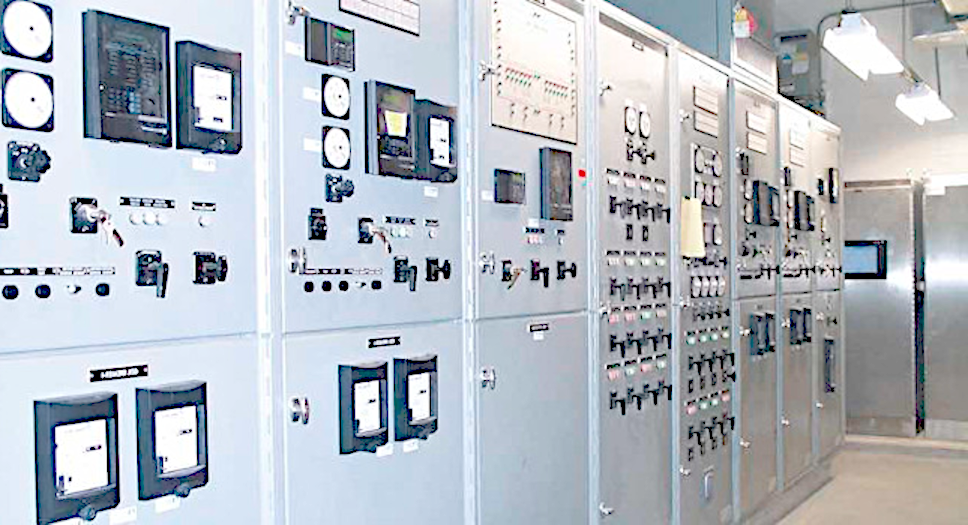This paper presents the criteria in the selection and coordination of motor control centers (MCCs) components to comply with the requirements for motor service continuity in the most of industrial processes. The objective behind this study is to obtain high level of coordination between the MCC components which is denoted by Type 2 coordination. The requirements of Type 2 coordination are illustrated in this research; this is according to IEC 60947-4-1, where illustrates different methods of meeting these requirements. Also, this research proposed an algorithm to compare between implementing either fuses or circuit breakers (CBs) as short circuit protection device (SCPDs) in the MCC.
With the tremendous progress in industries, induction motors are the most important electromechanical devices that perform most of stages in the industrial processes. Selection and coordination between the MCC components that operate and protect these motors properly is an important issue to guarantee high level of process dependability. The dependability means that the process should be reliable, available, maintainable, and safe.
Motor Control Centers (MCCs) form a substantial part of any commercial or industrial installation. With greater emphasis being placed on reduced downtime and increased productivity, so with a large number of induction motors in use, the protection system for them has become an important aspect in order to have:
- Efficient operation of the motor process.
- Minimum downtime of the plants.
- Increasing the safety degree of these plants.
MCC designers have a lot to think about in selecting the MCC components to achieve isolation, control and protection. To achieve proper selection, the designers begin to install motor starters in MCCs which lead users to size motor feeder cables economically. When a short-circuit fault occurs, the Short Circuit Protective Device (SCPD) takes a finite time to interrupt the fault. During this time, the current rises rapidly, and certain energy is let through which is higher than the withstand capacity of the downstream equipment; it can cause damage to the equipment. So, MCC coordination means matching the characteristics of SCPD and the downstream equipment including cables to ensure that the let-through energy and peak cut-off current do not rise above the levels that the circuit can withstand.
The paper could be download here.
